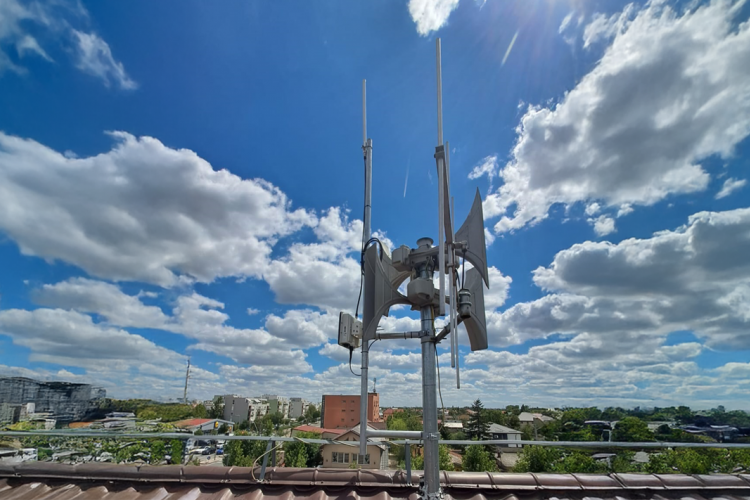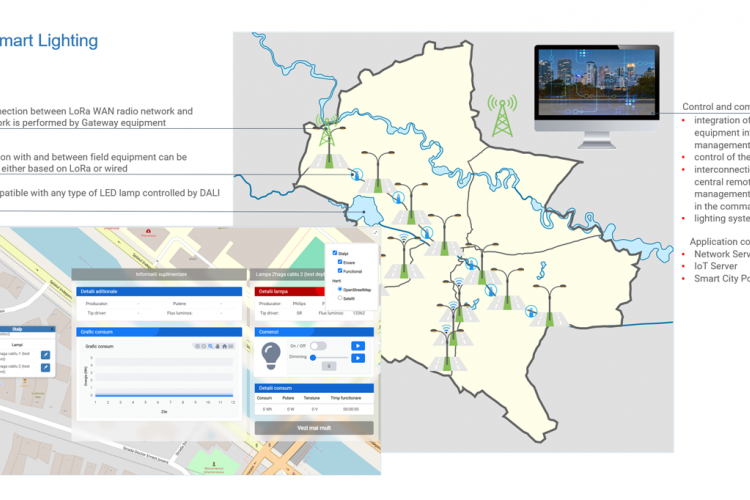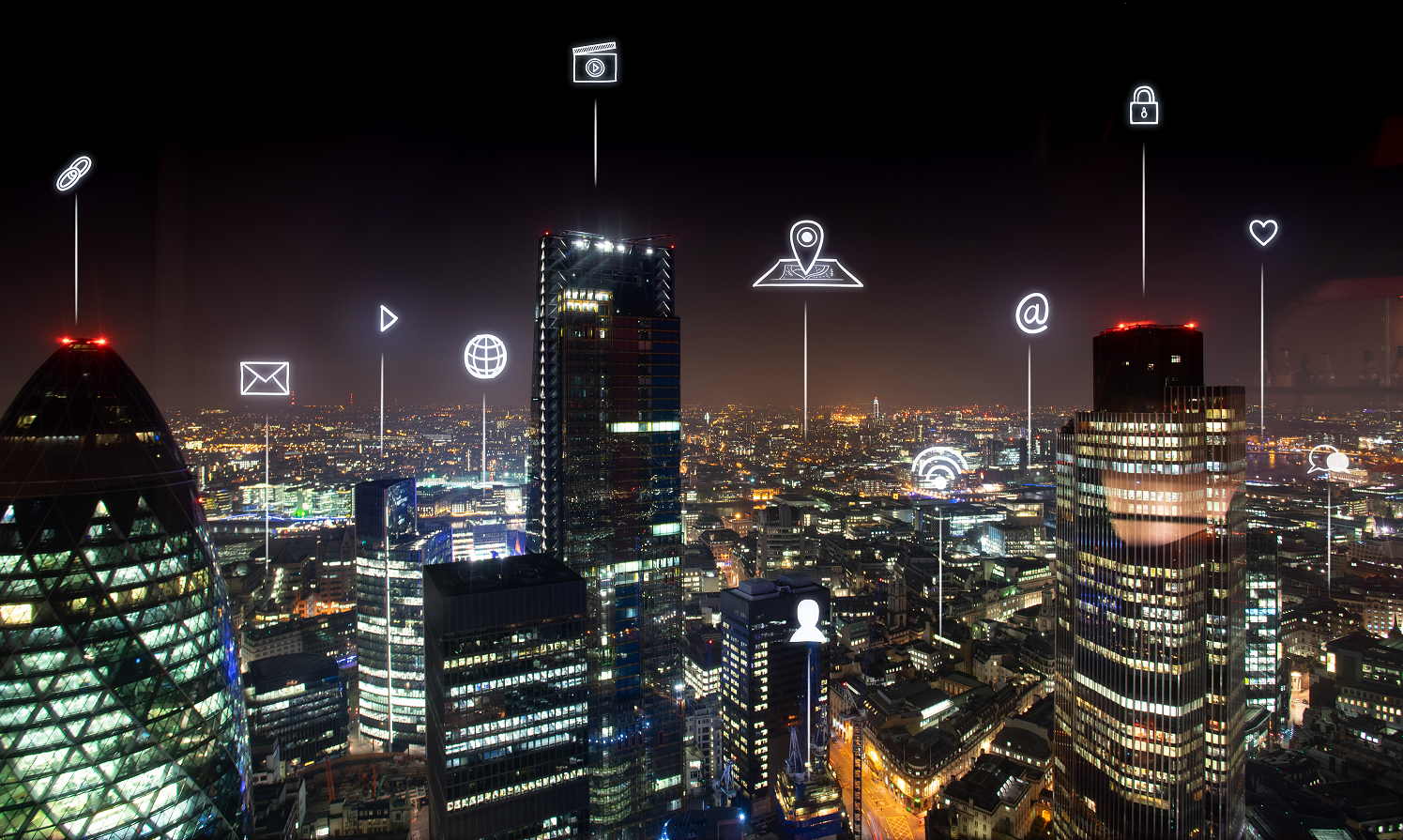Smart Lighting Implementation including 1,600+ Units
Delivered a scalable smart lighting solution for over 1,600 street lighting units, enabling centralized control, real-time monitoring, and automated scheduling. The system reduced energy consumption by 35%, improved maintenance efficiency, and enhanced urban safety. Integrated with IoT device management and visual GIS mapping for intuitive operations.
The project was implemented for the local municipality of Chitila, located in Ilfov, Romania. The City Hall was seeking a modern, digital solution to improve its public services, especially its aging street lighting system.
Initial Challenges
Before the implementation, the town faced significant challenges due to its outdated lighting infrastructure. High energy costs and inefficient manual maintenance strained municipal resources, while poor visibility in key areas and slow fault detection compromised public safety. The absence of operational data further hindered effective decision-making, contributing to declining public satisfaction. Altogether, these issues severely limited the municipality's ability to deliver reliable, safe, and cost-effective lighting to its residents.
The Smart Solution
The municipality implemented a digital lighting infrastructure based on the Vision Smart Lighting platform, managing over 1,600 smart lighting elements, and benefiting from a solution that provided:
- Real-time project tracking dashboards, allowing all teams to monitor installation status, device onboarding, and network health in one unified view
- Standardized mounting and connection kits, streamlining fieldwork and ensuring consistent installation quality
This coordinated approach drastically reduced deployment time, minimized disruptions, and accelerated go-live — delivering a truly smart lighting solution where infrastructure and technology evolve together.
Implementation Insights
One of the most critical challenges in implementing smart lighting at scale was ensuring seamless coordination between civil works—such as the installation of poles, cabling, and power infrastructure—and the deployment of IoT technology, including controllers, sensors, and connectivity components. Without proper synchronization, the project faced significant risks, including delays, budget overruns, incomplete integrations, unexpected downtime, rework, and stakeholder dissatisfaction.
To overcome these risks, the implementation relied on integrated planning between engineering teams and IoT specialists, allowing for aligned timelines and clearly defined dependencies. IoT devices were pre-commissioned in advance, enabling straightforward plug-and-play installation once civil works were completed. Furthermore, the use of edge-based auto-configuration and self-diagnostics minimized the need for on-site setup and manual intervention, supporting a more efficient and reliable deployment process.
Results & Impact
The deployment of over 1,600 smart lighting units transformed Chitila’s public lighting infrastructure into a fully connected, energy-efficient network. This modernization delivered measurable improvements across multiple areas. Energy consumption was reduced by more than 60%, enabled by adaptive dimming and intelligent scheduling. Maintenance time was cut by 50% through real-time fault alerts and remote diagnostics. Lighting quality improved notably in residential, pedestrian, and high-traffic areas, contributing to greater public safety. Centralized monitoring and automated reporting allowed for quicker responses to outages, while predictive maintenance helped lower operational costs by minimizing the need for on-site interventions.
In addition to these quantifiable results, the project also generated important qualitative benefits. Residents shared positive feedback, and operational teams reported a smooth adoption process along with increased flexibility. The upgraded infrastructure is now positioned to support further innovation, including the integration of sensors and other smart city services. Ultimately, this project demonstrated that smart lighting is not only about efficiency and savings, but also about creating smarter, safer, and more sustainable communities.
Lessons Learned & Key Takeaways
Implementing a smart lighting system at municipal scale brings both innovation and complexity. Several key lessons emerged during the project:
- Early alignment between civil works and IoT teams is critical. Successful deployment depends on synchronized timelines and shared visibility.
- Standardization matters. Using pre-configured devices and standardized mounting systems reduced field errors and accelerated installation.
- Scalability must be built in from day one. Planning for future integrations (e.g., environmental sensors, traffic analytics) ensures long-term value beyond lighting.
- Network coverage validation is essential. Pre-deployment testing of LoRaWAN or NB-IoT coverage avoided costly rework and ensured stable communication.
- Stakeholder engagement drives success. Keeping city departments, contractors, and residents informed fostered trust and minimized disruption.
These lessons helped transform a complex infrastructure project into a smart city milestone — with a replicable model for future deployments.





